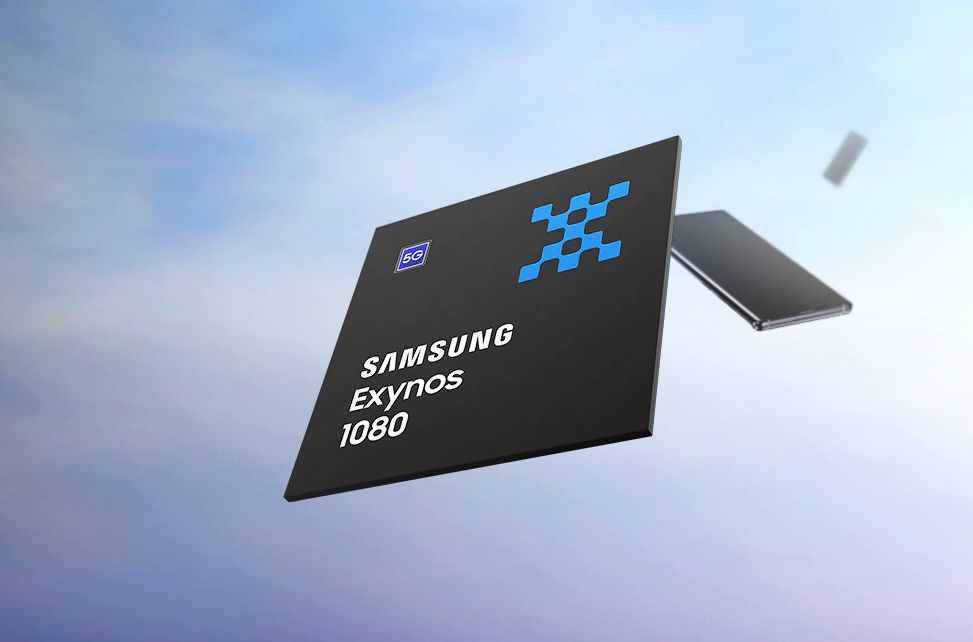Today, Samsung and Vivo jointly held a launch event to announce the Exynos 1080 chipset in China. It the first 5nm chipset from the South Korean company built with EUV (Extreme Ultraviolet Lithography) FinFET technology. Just as predecessor Exynos 980 chipset was first seen on the Vivo X30 last year, the upcoming X-series Vivo phones could be the first phones to feature the Exynos 1080.
It goes without saying that to increase the offer better performance, a chip needs to have a greater number of transistors. Compared to Samsung’s 7nm process, the 5nm processor increases the number of transistors by more than 80 precent. Compared to the 8nm LPP (Low Power Plus) process, the 5nm Exynos 1080 delivers 14 percent improved performance and a 30 percent reduction in power usage. In comparison to 7nm DUV (Deep Ultraviolet Lithography), the new chip offers a 7 precent improvement in performance and an 18 precent reduction in power consumption.

Exynos 1080 specifications
The Exynos 1080 is an octa-core chipset with 1+3+4 tri-cluster architecture. It comprises of Cortex A78 single-core processor that clocks at 2.84GHz, Cortex-A78 triple-core processor that ticks at 2.6GHz, and Cortex-A55 quad-core processor with works at 2.0GHz.
The SoC includes Mali-G78 MP10 graphics and comes with support for LPDDR4x / LPDDR5 RAM and UFS 3.1 storage. As far as performance is concerned, the Exynos 1080 was recently spotted at AnTuTu with a score of 693,600.
The Exynos 1080 with NSA/SA dual modem for 5G connectivity supports both sub-6GHz and mmWave 5G spectrums. It supports other connectivity features like Wi-Fi 802.11ax, Bluetooth 5.2, GPS, GLONASS, BeiDuo, and Galileo.
Phones driven by Exynos 1080 can have WQHD+ resolution display with up to 90Hz refresh rate or Full HD+ resolution screen with up to 144Hz refresh rate. It supports up to a 200-megapixel single camera or 32-megapixel + 32-megapixel dual camera setup or a maximum of 6 cameras. The SoC also supports HDR10+ and 4K 60ffps encoding and decoding with HEVC.
UP NEXT: Samsung is now the US’ largest smartphone brand after 3 years







